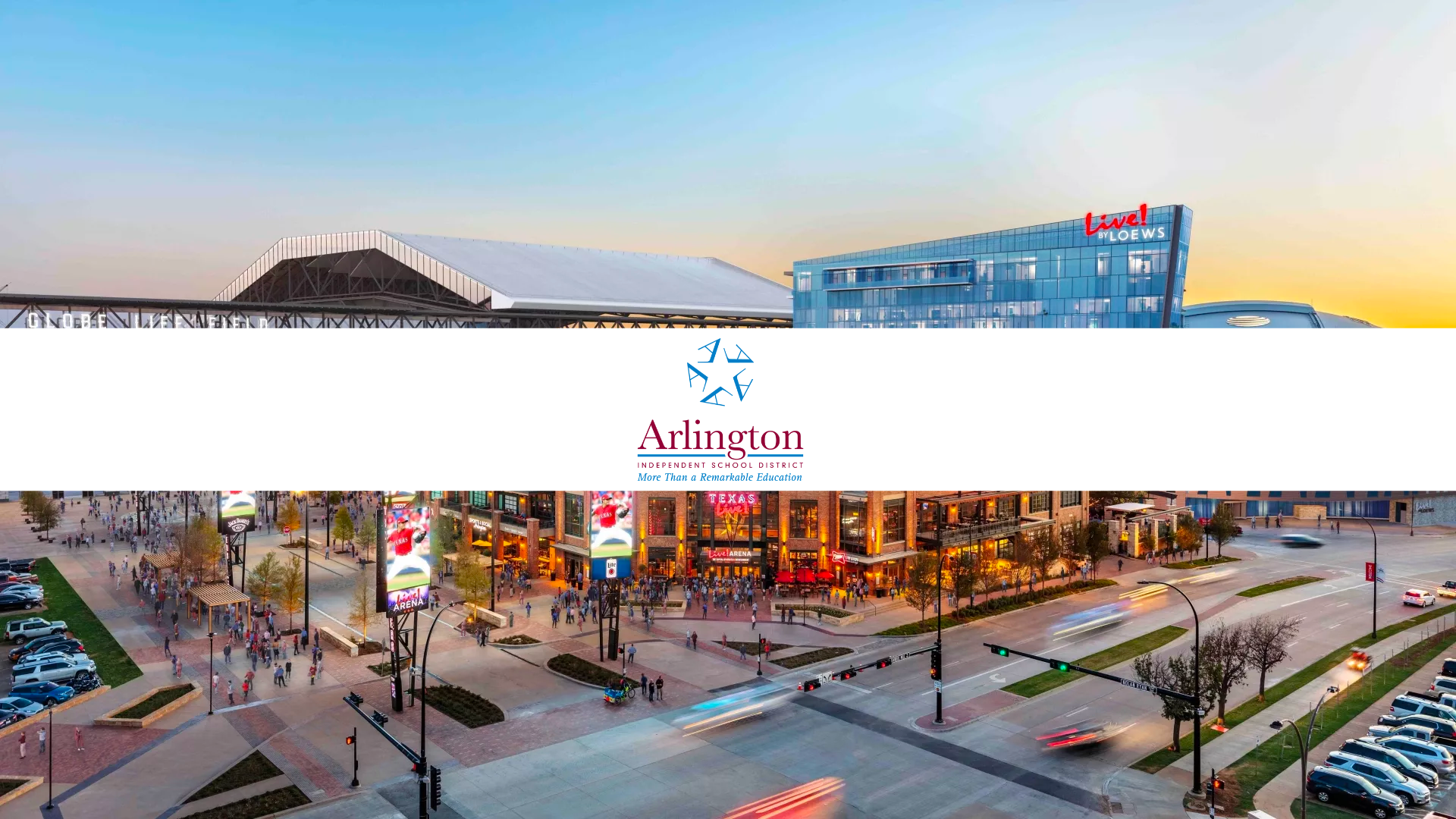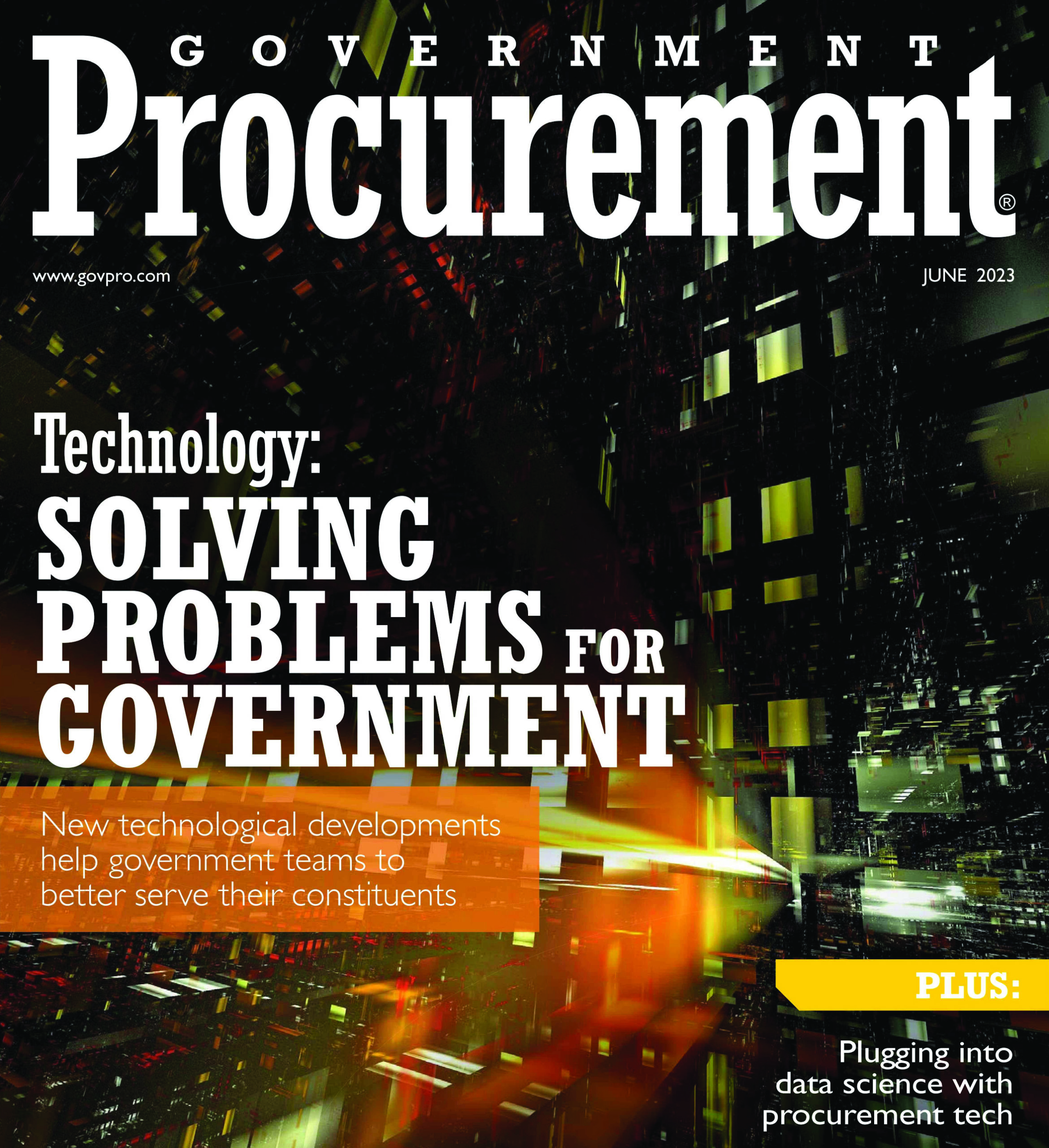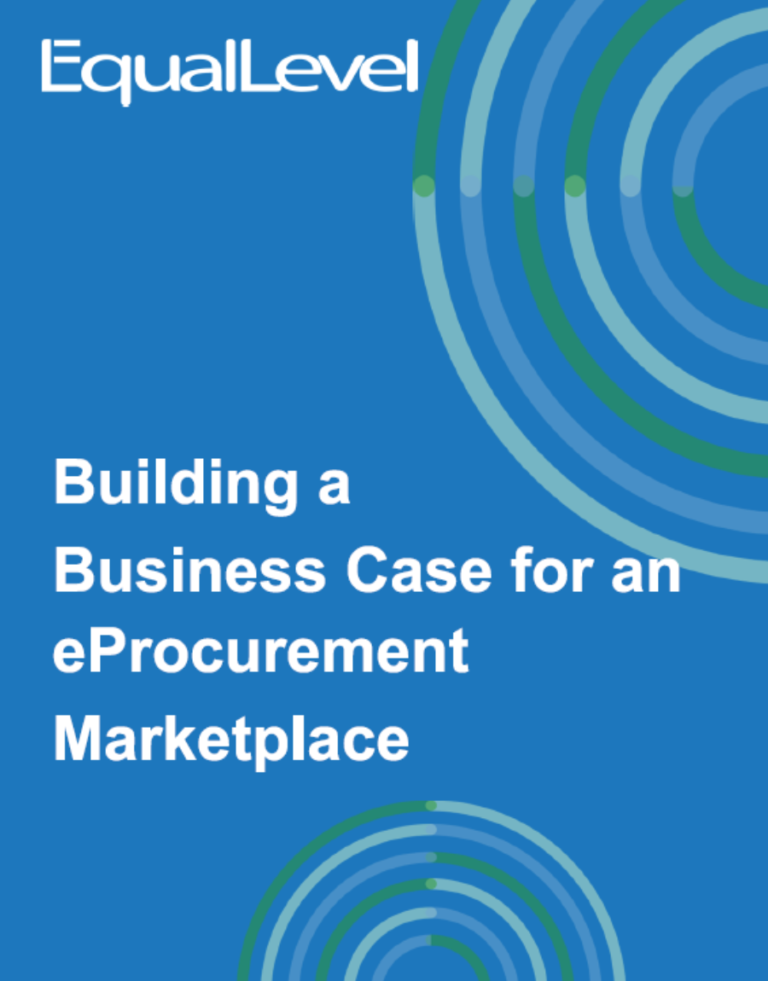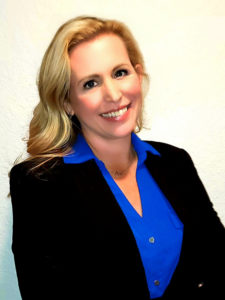There are not many businesses today that can claim to have employed five generations of people from the same family but, after being in business for over 113 years, Midwest Technology Products can say just that. Today, Midwest Technology Products works exclusively with educators worldwide, providing quality products, furniture and supplies for makerspaces and fab labs, as well as Career & Tech Ed and STEM instructional spaces. In 2013 when their customers started transitioning to eProcurement, which favored vendors with the capability to PunchOut to their marketplaces, Midwest Technology Products knew it was time to create a PunchOut store for their 500-page catalog.
About Midwest Technology Products
Located in Sioux City, Iowa, Midwest Technology Products is a small (just under 20 employees), woman and minority-owned business that offers 11,000 products from 700 vendors. Through their unmatched customer service, they have built relationships with a broad network of school purchasers including teachers, administrators, purchasing agents, and curriculum directors.
Unlike a lot of their competitors, Midwest provides consulting for the layout and equipment requirements of their clients’ projects. They have designed and installed hundreds of specialty workspaces filled with durable, trade quality tools and equipment and their project management team can see a project through from specifications to coordinated delivery. They also offer kits, so customers have everything they need to make labs or makerspaces on their own. In addition, their products are unique; many of the items in their catalog cannot be found anywhere else online.
Midwest Partners With EqualLevel to Create eCommerce Site
In 2013, in order to continue to reach their customers who were transitioning to private marketplaces, Midwest Technology Products partnered with EqualLevel to create a PunchOut store. EqualLevel’s catalog management software, EqualLevel GO, offers small OEMs or distributors who may have limited IT capabilities the opportunity to establish a PunchOut catalog store, or PunchOut store, that integrates with ERPs. This allows the products from small companies to appear alongside those of their bigger competitors in the eProcurement marketplaces of large-scale buying organizations such as purchasing cooperatives and school districts.
To transfer their catalog, Robin Peterson, former President, was tasked with creating the line item data for Midwest’s 11,000 products including creating key words, sourcing images, and writing short- and long-form descriptions. The information was then sent to EqualLevel and through EqualLevel GO, they were able to create Midwest’s PunchOut store.
PunchOut Opens Doors
Midwest’s PunchOut store has opened doors that were previously closed to them due to their lack of eCommerce capabilities. They have been able to get in front of public sector organizations as well as other markets previously inaccessible to them. It has also improved their bottom line in other ways. Just through having all the specifications of their 11,000 products online, they have been able to reach more customers and make more sales. “Even when people don’t order through the website, and call in an order instead, our eProcurement marketplace has still served a purpose as a marketing tool. Most of the time the client will have used the site to learn and discover first, before picking up the phone to order.”
Since engaging with EqualLevel and transitioning to eCommerce, Midwest has not looked back. “Every year since creating our PunchOut store we have seen sales increase,” said Peterson. By utilizing EqualLevel GO to facilitate the creation of their eCommerce site, they now reach more customers in their target market than ever before.
Further Reading
About Midwest Technology Products
About EqualLevel GO
How EqualLevel GO “Levels the Playing Field” for Small/Disadvantaged Businesses














